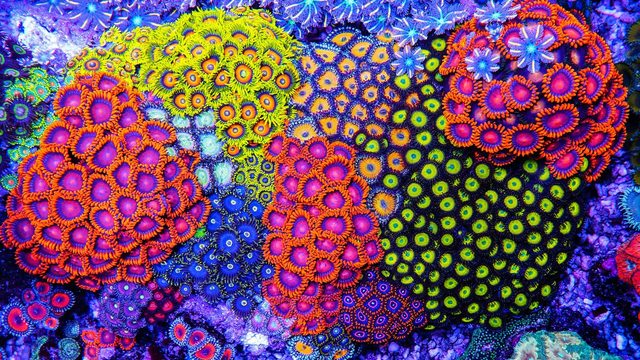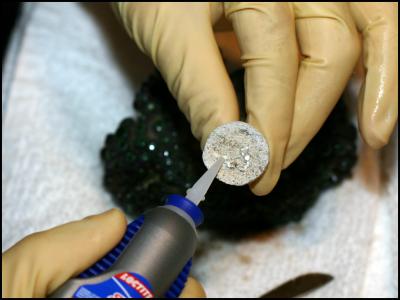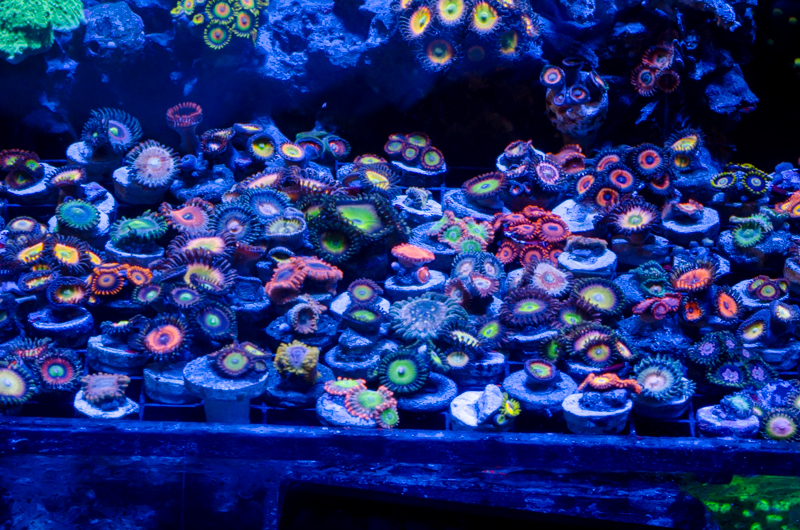The vast array of color morphs of the easily kept zoanthids and palythoas show why reefers are so drawn to them. The constant desire to have the next named color morph keeps you invested and involved in the hobby.
Let’s face it, our tanks aren’t an unlimited supply of saltwater; no matter how big of a tank you have, it will eventually grow out. To keep from having to buy a larger tank every so often, we frag our corals.

Zoanthids alongs with SPS (small polyp stony) are corals that is easy to frag and trade which is why it is one of the most desired corals. The most important information that you need to know about fragging zoanthids is that: they are toxic and should be handled with caution.
With that being said, do not let it discourage you from fragging just be sure to wear eye protection and gloves. Other fragging tools include, coral cutters, glue, razor blade, and frag plugs. The easiest way to cut large pieces of zoanthid rocks is to use a diamond band saw. Using the saw lets you quickly make many frags but it could cost you a couple of zoanthids.

If you are cutting zoanthids from another plug or grow out disc, you can use coral cutters. First, using the razor blade, slice the tissue around the zoanthid polyps that you want to frag; then using the coral cutters trace along the line you made with the razor blade and the zoanthids should easily break off.

Since you are cutting the plug along with the zoanthid, this provides a solid surface that is easy to glue. After you’ve soaked your plugs, dry them off along with the bottom of the zoanthid; add a small amount of glue and place your new frag on top.

Next, let the glue cure for a few seconds and add the coral back into the tank. You will want to use a baster to blast off any mucus the coral has secreted.
Once your new frag starts producing new tissue and polyps, you are ready to sell, trade, or give away the zoanthid. Besides making room in your tank, fragging is a great way to meet other hobbyist and share corals from your collection.



